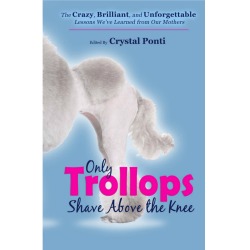Sewing is not all about joining fabric pieces, measuring tools, and sewing machines. Pins are a major part of the entire process. From temporarily joining pieces and looking at the design to keeping the pieces together before and during stitching, pins are an essential sewing tool for tailors of any level.
Based on their use, these sewing supplies are divided into 10 different types. This article looks at these 10 pin types.

1. All-purpose pins
All-purpose pins, also known as basting pins, are thin, glass-headed pins that you can use to keep all the fabric and pattern pieces together while you sew and cut. These are some of the most common and fundamental pins that most tailors have in their sewing kits.
2. Flat button pins
Flat button pins have flat heads. These are big enough to stay within open weaves, holding them together without falling through the weaves. Therefore, these are a must-have in your sewing kit, especially if you weave more than you sew.
3. Silk pins
If you work with fine, delicate, and lightweight fabrics a lot, silk pins are what you need to ensure there aren’t any gaping holes. These pins are extra thin in size, including 0.4mm. Being rust-free, silk pins last longer without ruining your sewing projects.
4. Upholstery pins
When sewing up your own upholstery or quilt, you will need pins that are thick enough to hold all the pieces together without bending or slipping. At more than 0.8mm, upholstery pins are thick enough to fit the bill.
5. Ballpoint pins
The problem with regular, sharp pins is that they snag the fabric as you use them to hold together pieces. With knit and stretchy fabrics, this can be an issue. In comes the blunt ballpoint pins that can hold together fabric without snagging it.
6. Applique pins
Pinning applique pieces to the foundation becomes easy with applique pins. However, these pins can also be used to hold together small pleats with their smaller size. Furthermore, you can use them on delicate fabrics since the pins are fine and thin.
7. Bed skirt pins
Also known as push pins, bed skirt pins help you hold fabrics together in place. These are mostly used to keep the bed skirts in place despite any external pressure or movement. The heads of these pins can be in different shapes, including flat rounds.
8. Safety pins
Safety pins are one of the sturdiest pins on this list. While these are mostly used to hold outfits together, you can use them for sewing, as they can hold anything together and don’t let any pins come out. You can also use safety pins when bodkin to thread casing is not easily accessible.
9. Brooch pin
If you are into creating dresses that stand out and reflect the latest fashion, adding a brooch to the outfit is something to consider. You can easily set this up with the brooch or corsage pin. With these, you can make brooches and corsages without any hassle.
10. Button pin
Button pins come to use when you have buttons to sew into the fabric. These help you hold the buttons temporarily as you sew them in. If you love your buttoned clothing, these are a must-have in your sewing kit.
Conclusion
Pins have one major use—to hold things together. However, they differ in terms of looks and uses. Pins used when making upholstery are not the same as pins used to hold down buttons. Therefore, as a seamstress or tailor, you need all the 10 different types of pins mentioned above for different projects.






